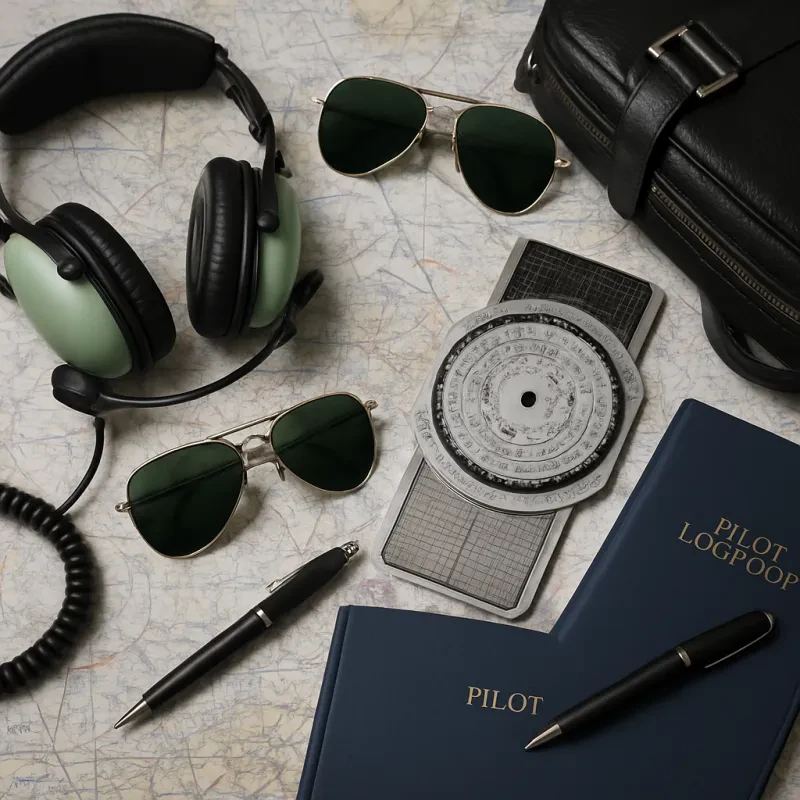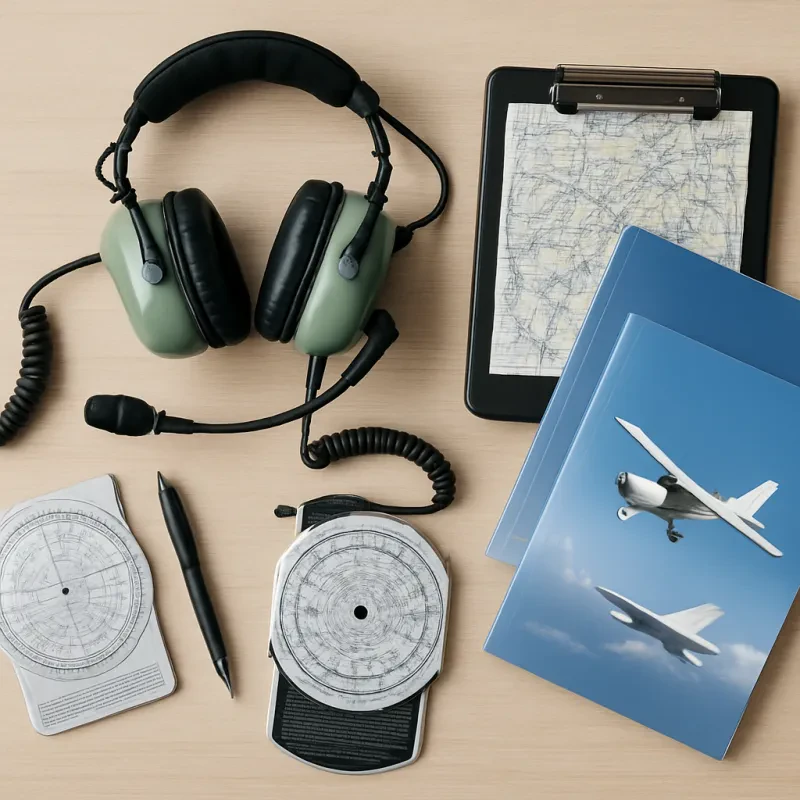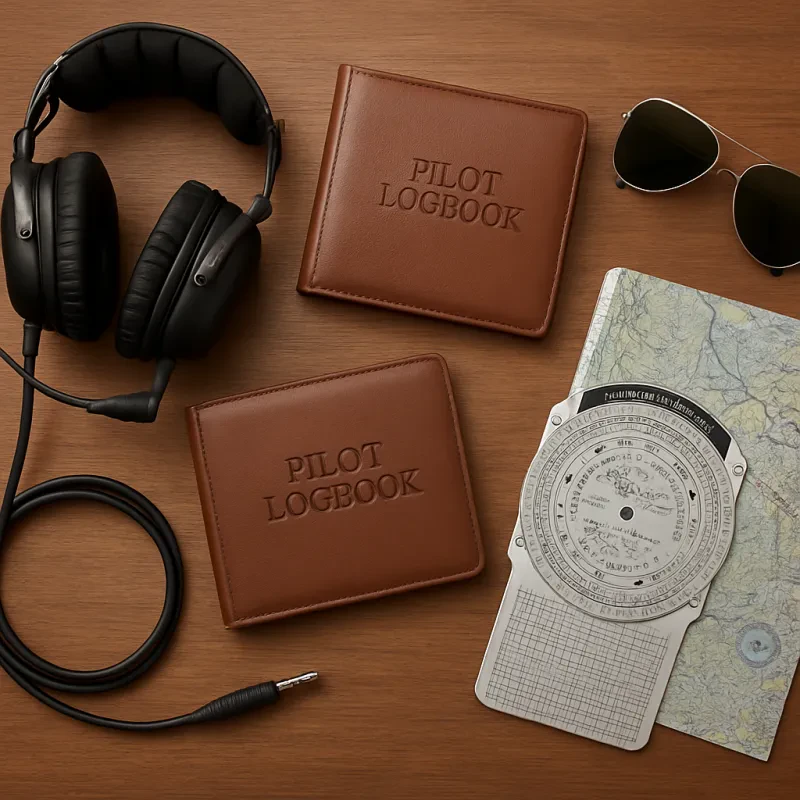When it comes to traveling as a student, packing efficiently is key to ensuring a stress-free experience. Before you jet off on your next adventure, be sure to check off these essential packing items from your list:
1. Documents: Don't forget to pack your passport, student ID, travel insurance documents, and any necessary visas. It's always a good idea to make copies of these important documents and keep them in a separate place in case of emergencies.
2. Clothing: Packing versatile clothing items that can be mixed and matched is ideal for maximizing space in your suitcase. Be sure to pack weather-appropriate clothing and comfortable shoes for walking and exploring your destination.
3. Toiletries: While most hotels provide basic toiletries, it's always a good idea to pack your own travel-sized essentials such as toothbrush, toothpaste, shampoo, conditioner, and skincare products. Don't forget to pack any medications you may need as well.
Document Preparation
Before embarking on any flight, it’s crucial for students to adequately prepare their documents to ensure a smooth and stress-free journey. This pre-flight checklist will help you organize all the necessary paperwork and ensure you have everything you need before you take off.
1. Passport and Identification
The most important document you need for any international flight is your passport. Make sure it is valid for at least six months beyond your planned return date. Additionally, have a valid form of government-issued identification, such as a driver's license or national ID card, for domestic flights.
2. Visa and Travel Insurance
If you are traveling to a country that requires a visa, make sure you have applied for and obtained the necessary visa before your departure. It’s also a good idea to purchase travel insurance to protect yourself in case of unexpected events like trip cancellations, lost baggage, or medical emergencies.
3. Flight Itinerary and Boarding Pass
Print out a copy of your flight itinerary and keep it handy. You should also check-in online and have your boarding pass ready either on your phone or printed out. Make sure to arrive at the airport with enough time to go through security and board your flight without any rush.
Transportation Arrangements
If you're driving yourself to the airport, be sure to check the parking options available. Some airports offer long-term parking lots that are more affordable, while others may have valet services for convenience. Make sure to factor in travel time and potential traffic delays when planning your route.
For those who need a ride to the airport, consider asking a friend or family member for a lift. If that's not an option, ride-sharing services like Uber or Lyft can provide a convenient and cost-effective way to get to the airport on time. Just make sure to book your ride in advance to avoid any last-minute hiccups.
Remember, having a solid transportation plan is just one of the many important steps in preparing for your journey. By making arrangements ahead of time, you can ensure a smooth and stress-free start to your travel experience.
Health and Safety Measures
First and foremost, it is essential for students to pack necessary health and safety items in their carry-on luggage. This includes items such as hand sanitizer, disinfectant wipes, face masks, and any necessary medications. These items will help protect students from any germs or illnesses while traveling and provide peace of mind during their journey.
Additionally, students should prioritize staying hydrated and eating nutritious meals before their flight. Dehydration can lead to fatigue and discomfort during travel, so it's crucial for students to drink plenty of water and avoid excessive caffeine or alcohol consumption. Eating well-balanced meals will also help students maintain their energy levels and feel their best throughout the trip.
Lastly, students should familiarize themselves with the airline's health and safety protocols before their departure. This includes understanding mask-wearing requirements, social distancing guidelines, and any other measures the airline has put in place to ensure passenger safety. By following these guidelines and being proactive about their health and safety, students can fly with confidence and peace of mind.


